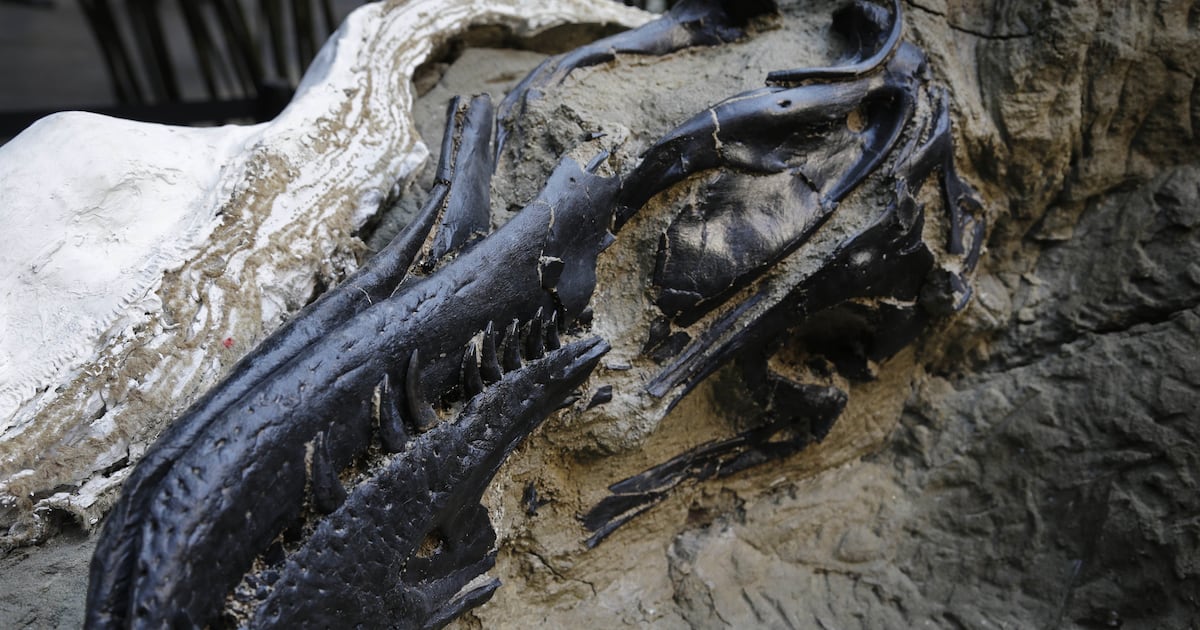Pancreatic cancer remains one of the deadliest malignancies, with limited benefit from conventional immunotherapy. In 2025, several early-phase studies are testing personalized tumor vaccines—including mRNA-based,…
Author: admin
-
Save over $1,000 on 4TB of lifetime cloud storage with FolderFort – SFGATE
- Save over $1,000 on 4TB of lifetime cloud storage with FolderFort SFGATE
- This cloud storage lifetime subscription that used to cost $1,900 is now $220 PCWorld
- Store 20TB of powerfully encrypted data for life for $500 Popular Science
- FolderFort:…
Continue Reading
-

England 25-7 Australia: Pollock seals win with try off the bench
Henry Pollock delivered the pivotal try as England’s bench turned the tide in a 25-7 victory over Australia at Allianz Stadium that launched the autumn with their eighth successive win.
The…
Continue Reading
-

Man Utd player ratings vs Nottingham Forest: Stop that, Amad Diallo! Stunning strike rescues draw for Red Devils after Benjamin Sesko and Matheus Cunha go missing
Manchester United’s winning streak is over as the Red Devils were held to a 2-2 draw by Nottingham Forest in the Premier League on Saturday. It could have been worse for Ruben Amorim’s side, who had Amad Diallo to thank for a stunning volley to…
Continue Reading
-

Kaspersky SAS 2025 – Tatyana Shishkova highlights emerging Android malware and stalkerware threats
As the Lead Malware Analyst at Kaspersky GReAT, Tatyana Shishkova specialises in reverse engineering malware on both the Windows and Android platforms, threat intelligence and network intrusion detection.
At the Kaspersky Security Analyst…
Continue Reading
-

Keanu Reeves wants to find a way to play Cyberpunk 2077’s Johnny Silverhand again, so series creator Mike Pondsmith quips “I have ways to do that, Keanu, contact me”
Keanu Reeves has been open about wanting to come back to the series as Cyberpunk 2077’s (only sometimes) loveable rockstar/corporate resistance fighter, despite Johnny Silverhand already being long dead by the time the first game’s events kick…
Continue Reading
-

5 open-source hardware projects under $50 that replaced my consumer gadgets
While consumer hardware has never been more capable, it’s also never been more closed off. Walled gardens of accounts, companion apps and subscription fees, and cloud servers make that capability come with a bad aftertaste. As someone who’s…
Continue Reading
-

A major telephoto camera upgrade is rumored for all the Samsung Galaxy S26 models
- Camera sensor upgrades are tipped for the Galaxy S26 series
- The S26 Ultra model may have a bigger battery inside as well
- We may see an even slimmer model replacing the Galaxy S25 Edge
We could be just a couple of months away from the launch of the
Continue Reading
-

Jannik Sinner powers past Alexander Zverev to reach first Paris Masters final
World No. 2, Jannik Sinner reached a first Paris Masters final with a dominant 6-0, 6-1 win over Germany’s Alexander Zverev on Saturday (1 November) in the French capital.
With this win, Sinner extends his indoor win streak to 24 matches and…
Continue Reading
-

What is a nanotyrannus? New study reveals it is a species all its own – Deseret News
A new study may have just ended a decades-long dinosaur debate. Research published this week in Nature suggests that fossils once thought to be teenage Tyrannosaurus rex may actually belong to a completely separate, and much smaller, species: the…
Continue Reading
